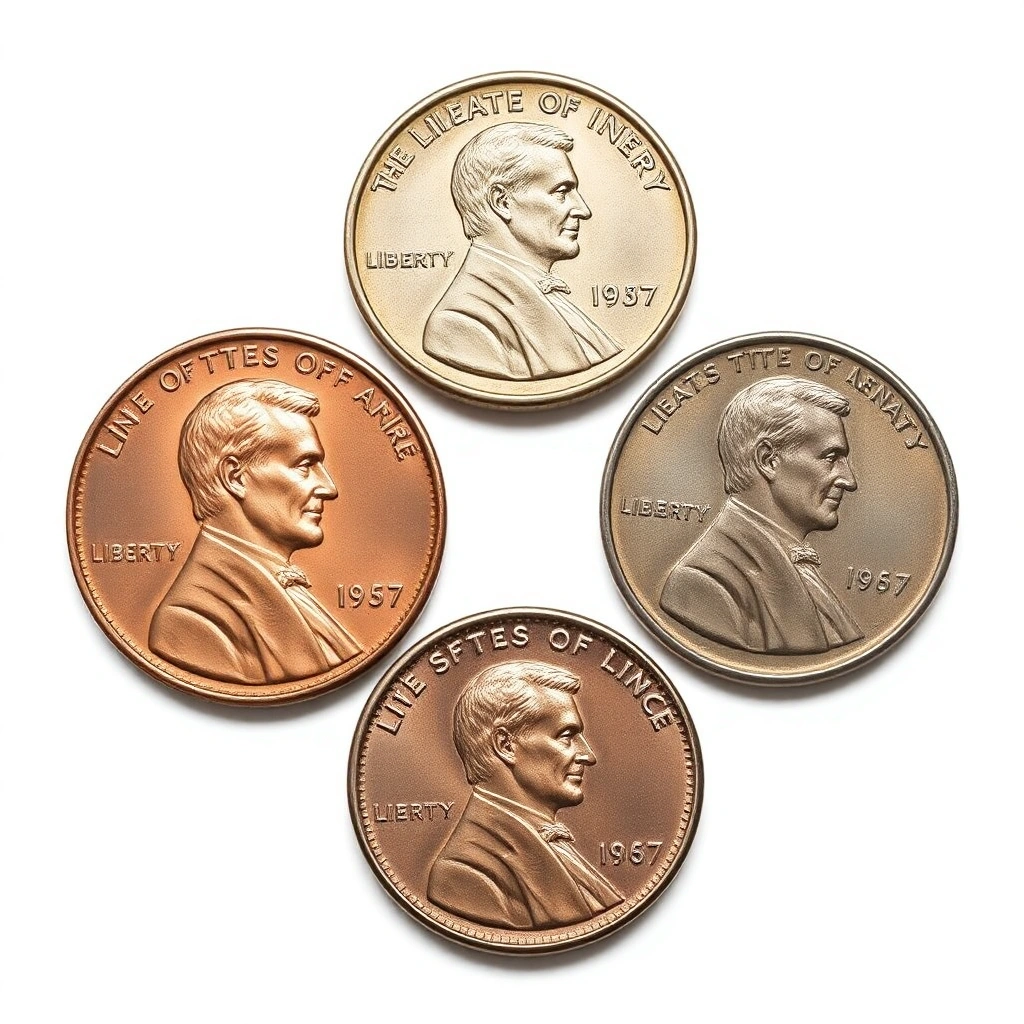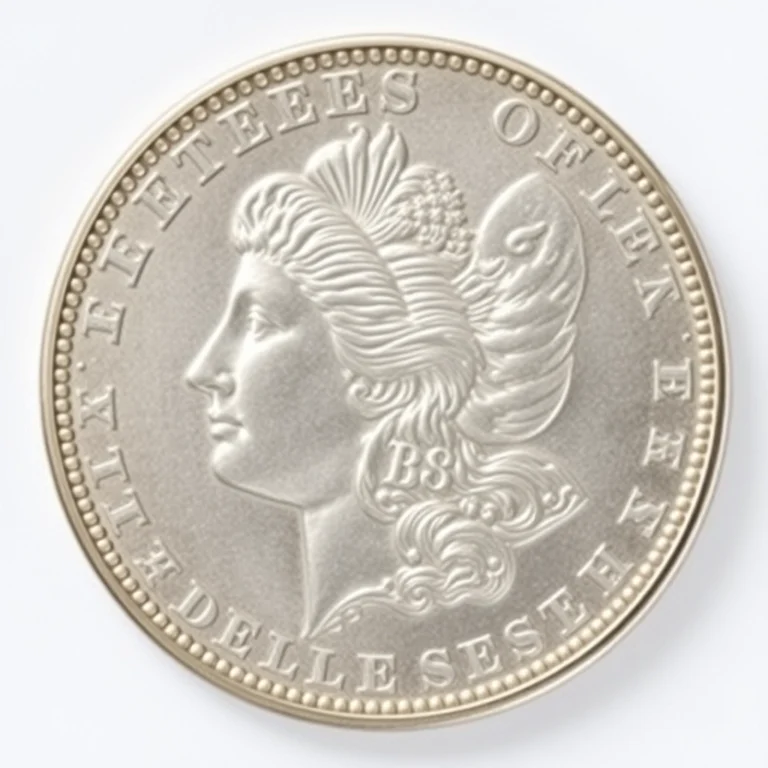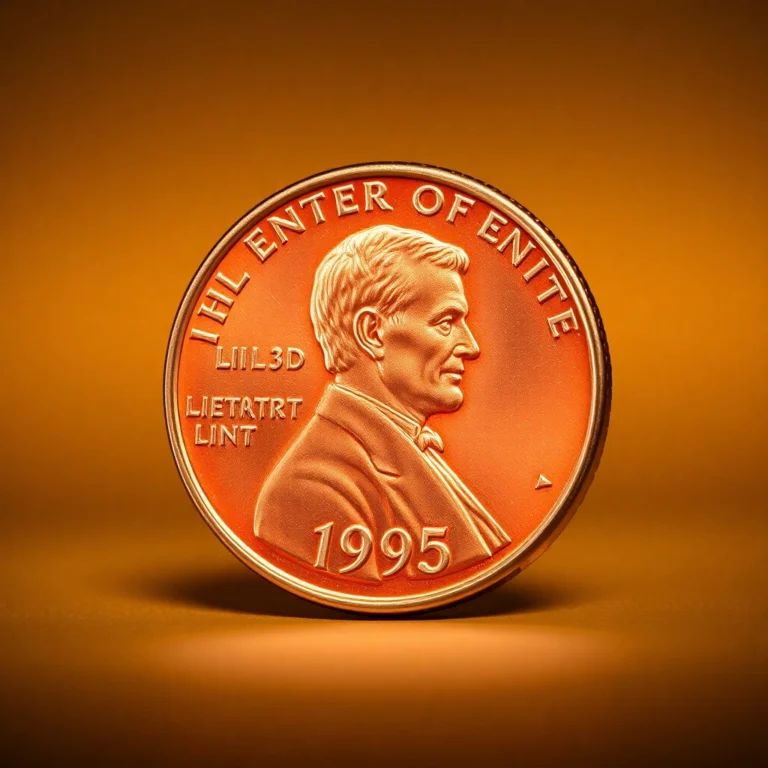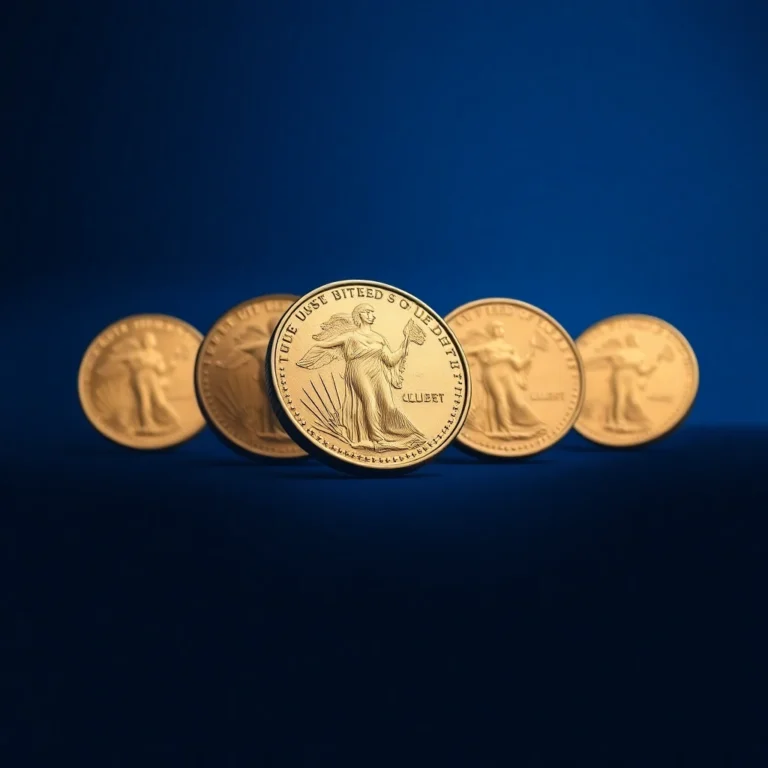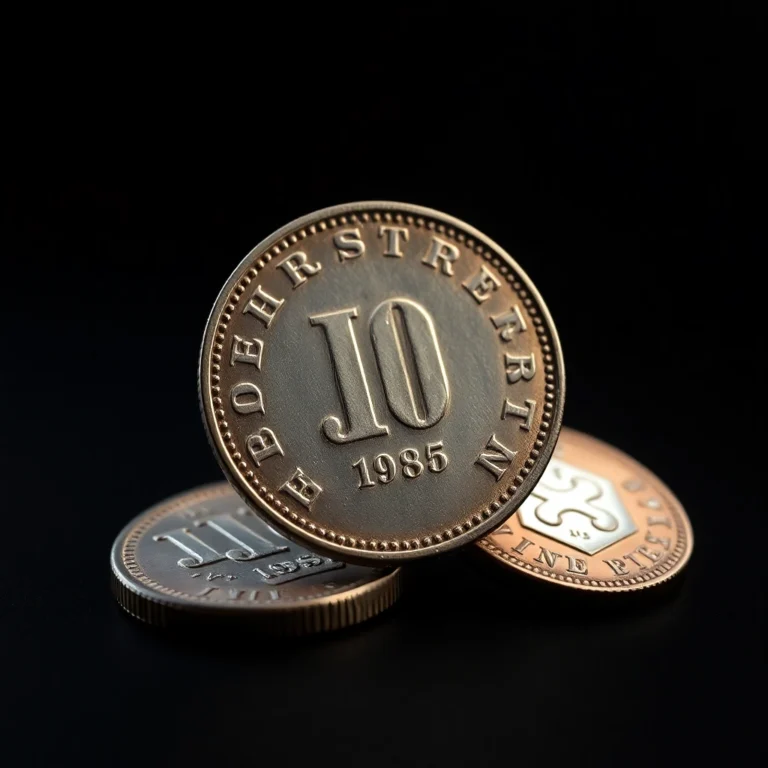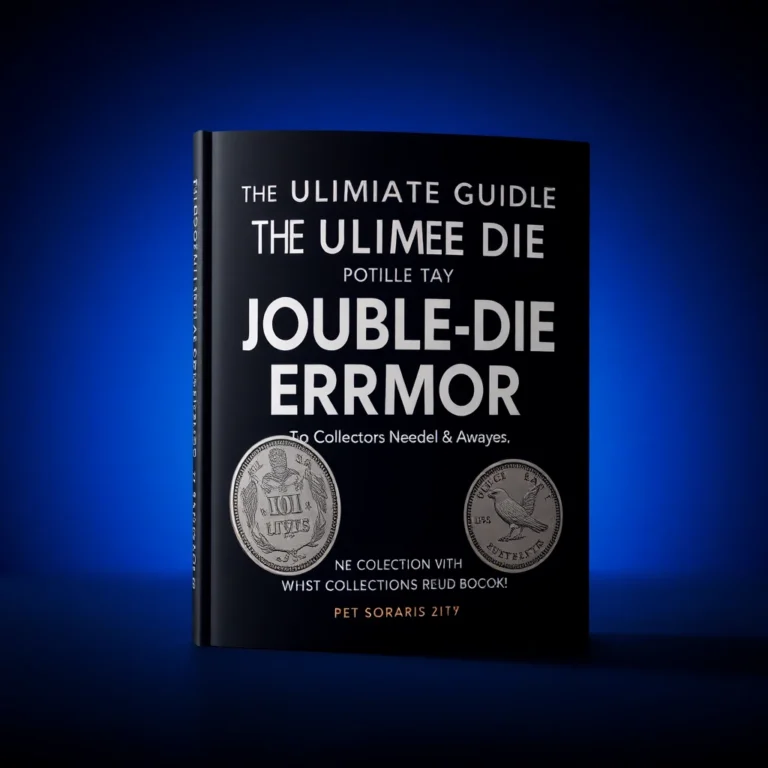Imagine discovering a tiny treasure hidden in your pocket change—one that holds not just monetary value but also a rich tapestry of American history. The Lincoln Wheat Penny, minted from 1909 to 1958, is one such numismatic gem that continues to captivate collectors with its historical significance and potential value. For both novice and seasoned collectors, these pennies are more than just relics of the past; they epitomize the thrill of the hunt in coin collecting.
In this article, we’ll delve into the 5 most valuable Lincoln Wheat Pennies, each with its own unique story and worth. You’ll learn why these particular coins stand out, what makes them so desirable, and how they came to be among the most sought-after in the numismatic world. Whether you’re looking to expand your collection or simply intrigued by coin lore, understanding the allure of these pennies is a journey worth taking.
Stay tuned as we uncover the secrets behind these 5 numismatic marvels, some of which could be worth a small fortune today. Prepare to be amazed by the remarkable value hidden within these seemingly humble coins.
1. **1909-S VDB Lincoln Wheat Penny**
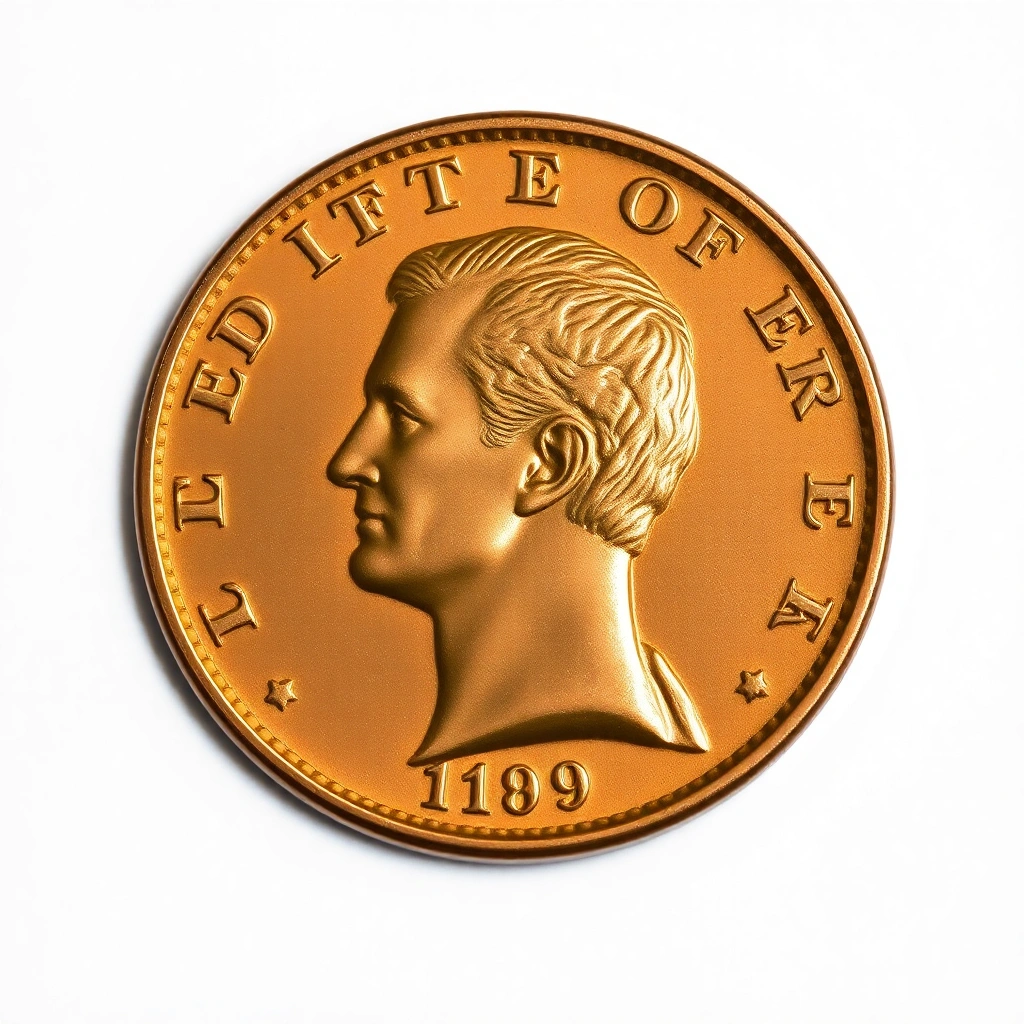
The 1909-S VDB Lincoln Wheat Penny is a cornerstone of American numismatics, celebrated for its historical significance and rarity. This coin marks the debut of the Lincoln cent, introduced to commemorate the 100th anniversary of Abraham Lincoln’s birth. The “VDB” stands for Victor David Brenner, the designer whose initials appear prominently on the reverse, a feature that was later minimized due to public controversy.
Key identifying features of this iconic penny include:
- A small “S” mint mark below the date, indicating its origin from the San Francisco Mint.
- The letters “VDB” at the bottom of the reverse, between the wheat stalks.
In terms of value, these pennies can range from $700 in lower grades to over $2,000 in mint state conditions, making them a prized possession for collectors. The 1909-S VDB rarely has significant errors or varieties, although minor die variations can exist, primarily in the form of die cracks.
When seeking to add a 1909-S VDB to your collection, authenticity is paramount. Be cautious of counterfeits, which often have added mint marks or altered dates. Always buy from reputable dealers or have the coin graded by a professional service.
2. **1914-D Lincoln Wheat Penny**
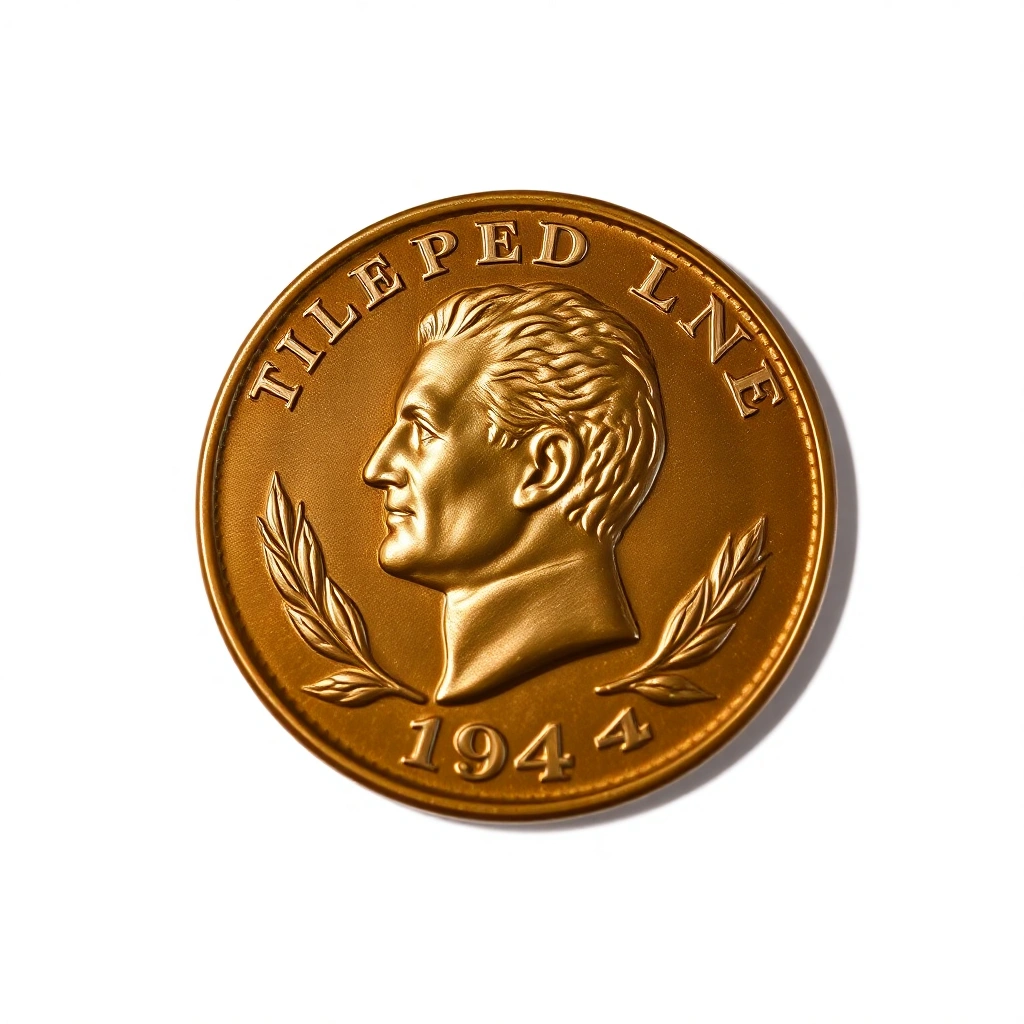
The 1914-D Lincoln Wheat Penny stands as one of the most sought-after coins among numismatists due to its historical and numismatic significance. Minted during a period of economic growth in the United States, this penny is notable for its low mintage in Denver, with only 1,193,000 coins produced. This makes it one of the key dates in the Lincoln Wheat Penny series, highly coveted by collectors. 🪙
Key identifying features of the 1914-D include the iconic portrait of President Abraham Lincoln on the obverse and the wheat ears on the reverse, which are characteristic of pennies from 1909 to 1958. The mint mark “D” located beneath the date signifies its origin from the Denver Mint.
In terms of value, the 1914-D Lincoln Wheat Penny can range considerably based on its condition. Typical grades can span from Very Good (VG-8) to Mint State (MS-65), with values ranging from a few hundred dollars to over $20,000 for higher-grade, well-preserved examples. 💰
Collectors should be aware of common varieties and errors, such as repunched mint marks (RPM) or die cracks, which can add to the coin’s intrigue and value. When examining a 1914-D, pay close attention to the mint mark’s authenticity, as counterfeits are known to exist. Always look for sharp details in Lincoln’s hair and the wheat stalks.
3. **1922 No D Lincoln Wheat Penny**
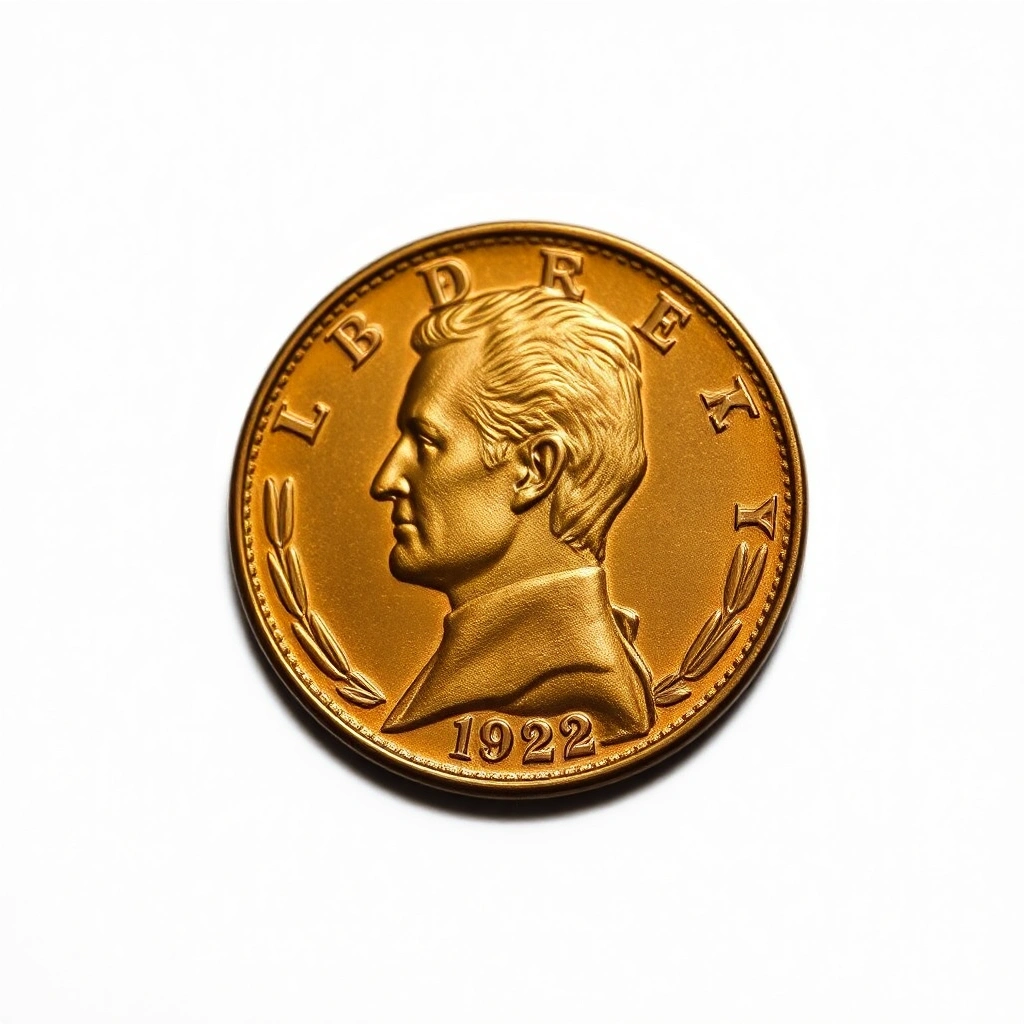
The 1922 No D Lincoln Wheat Penny stands out as a remarkable anomaly in U.S. coinage history. Originating from the Denver Mint, this penny is unique because it lacks the “D” mintmark, a result of worn dies used during production. This error occurred when the mint attempted to address die wear by overpolishing, inadvertently removing the mintmark entirely. This incident has propelled the 1922 No D penny into the spotlight for collectors and historians alike.
Identifying a genuine 1922 No D penny involves noting specific features: the lack of a mintmark, a strong reverse, and distinct die characteristics such as well-defined details on Lincoln’s face. Genuine examples typically show a “weak D” effect, where a faint outline may remain, but true No D examples have no trace of the mintmark.
The 1922 No D penny is rare and valuable, with prices ranging from $600 in lower grades (VG8) to over $15,000 in higher grades (MS60+). Collectors should be aware of variations, including the “Weak Reverse” and “Strong Reverse” types, with the latter being more sought after. Noteworthy errors and die varieties can significantly increase a coin’s value, making careful examination essential.
4. **1931-S Lincoln Wheat Penny**
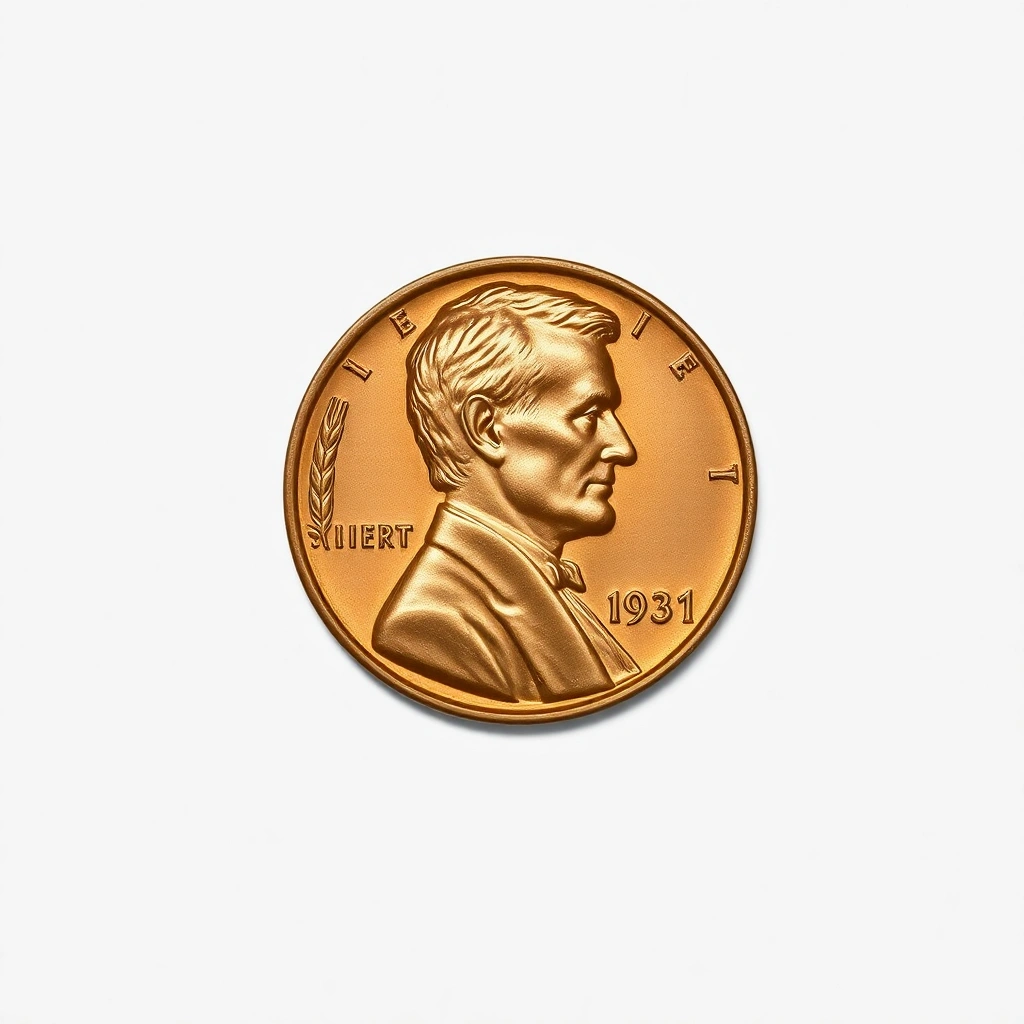
The 1931-S Lincoln Wheat Penny is a prized gem in the world of coin collecting due to its low mintage and historical significance. Struck during the Great Depression, this penny reflects a time when the U.S. Mint reduced production due to economic hardships. With only 866,000 minted, it is one of the lowest mintage Lincoln Cents and a must-have for serious collectors.
Key identifying features of the 1931-S include its distinctive “S” mintmark below the date on the obverse, indicating it was produced at the San Francisco Mint. The reverse features the iconic wheat ears design, characteristic of all Lincoln Wheat Pennies from 1909 to 1958.
Collectors typically find this coin in grades ranging from Fine (F12) to Mint State (MS65), with values soaring from around $100 in lower grades to over $1,000 in higher mint state grades. Although not known for significant errors, always check for any unusual die characteristics that could increase its value.
When evaluating a 1931-S penny, ensure the coin’s surfaces are examined under good lighting for original luster and minimal wear. Be cautious of counterfeits, as the rarity of this penny has led to numerous forgeries.
In exploring the realm of Lincoln Wheat Pennies, we’ve uncovered five iconic treasures: the elusive 1909-S VDB, the sought-after 1914-D, the rare 1922 No D, the intriguing 1931-S, and the distinguished 1955 Double Die. As a numismatic expert, I recommend focusing on condition and provenance when acquiring these gems, as these factors significantly influence their value. The current market reflects a growing interest in historical coins, with values steadily climbing, particularly for high-grade specimens. This trend underscores the investment potential of these storied pennies.
Coin collecting is not merely a pursuit of value; it’s a journey through time, a tangible connection to history. Each coin you hold tells a story that transcends its monetary worth. Embrace the adventure of coin collecting, and let each discovery kindle a passion that bridges the past with the present. Your collection is not just an assembly of coins; it’s a legacy waiting to be shared.
